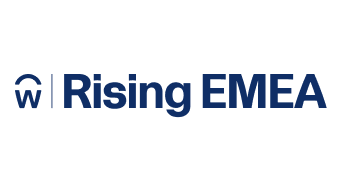With economic volatility, evolving consumer behavior, and an unsteady market, business has never been more unpredictable than it is today. The better that companies can anticipate and plan for change, the faster they can stay ahead of the competition.
Forward-thinking finance leaders know that agility results from better planning. But outdated financial planning and analysis (FP&A) processes keep organizations from achieving their full potential. Decisions take days. Silos hamper collaboration. Tedious manual tasks drain productivity. Within most companies, the planning function simply can’t keep up with today’s pace of business.
In contrast, modern cloud planning solutions have evolved to become a strategic success lever, empowering the entire enterprise to respond to change as it happens. These solutions unlock the ability for organizations to rapidly read the environment and quickly change course—even throughout radical instability and disruption.
Not all modern planning solutions are alike, however, but one thing is certain: Businesses, especially sizable ones, require a planning platform that can handle big, multidimensional models without compromising speed of analytics and support a large number of users companywide.
Elastic Hypercube Technology (EHT)—Workday’s next-generation, in-memory architectural engine for Workday Adaptive Planning—does just that. EHT was designed from the ground up to address the growing demands on businesses as they model more complicated scenarios and support greater input from functional areas across their organization.
Large, Complex Models
To gain enhanced insight into revenue, workforce forecasts, and scenarios, many organizations are using more dimensionality in their planning models, including products, channels, regions, target buyers, skill sets, locations, and more. At the same time, greater volumes of operational data from across the organization, as well as external benchmarks, are becoming even more important for driving accurate plans. Cross-operational data (human resources, sales, marketing, project, labor, student enrollment, and other data) has become critical to ascertain the impact of plans, forecasts, and scenario analyses.
For example, consider a large, multinational organization that adjusts its product unit plan for a specific scenario due to expected market volatility. If so, then other operational data is required to understand not only the impact on revenue across different factors but also on inventory, sales workforce capacity, marketing programs, regional office demands, and other variables.
Meanwhile, with a higher focus on utilizing artificial intelligence (AI) and machine learning (ML) capabilities to drive more accurate forecasts, finance departments are increasingly using new types of external datasets, such as weather data, labor statistics, marketing data, etc.
Scale When You Need It
Collectively, these factors have made for significantly more detailed and larger planning templates and reports. Where EHT boosts value is by automatically adding memory and computing power when users need it. This enables fast response times for analytics, calculations, and data updates, ensuring planning stakeholders companywide have the information they require. It also provides for virtually unlimited dimensions and versions to drive more complex planning as well as scenario analytics.









